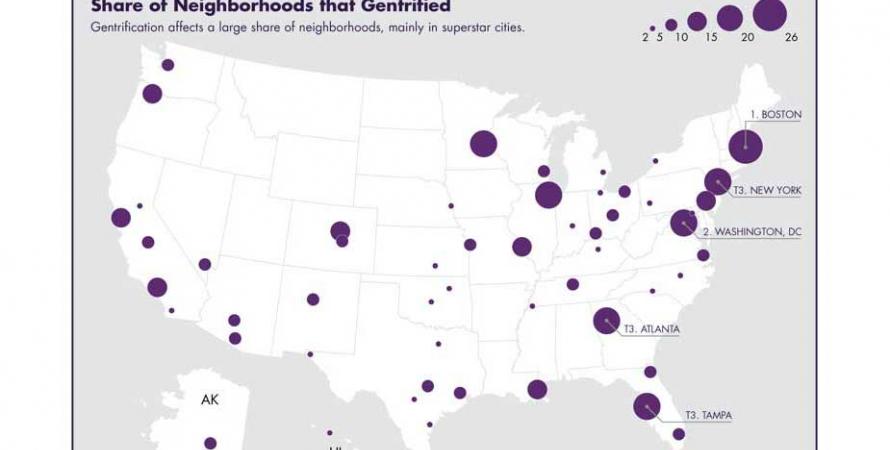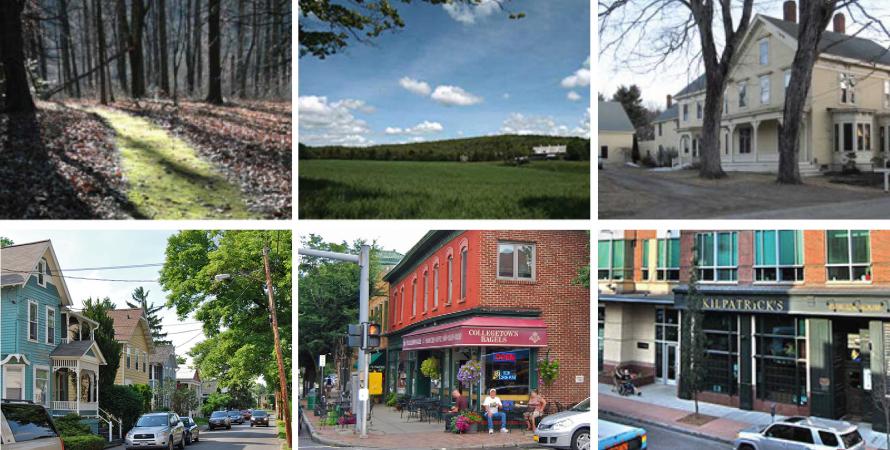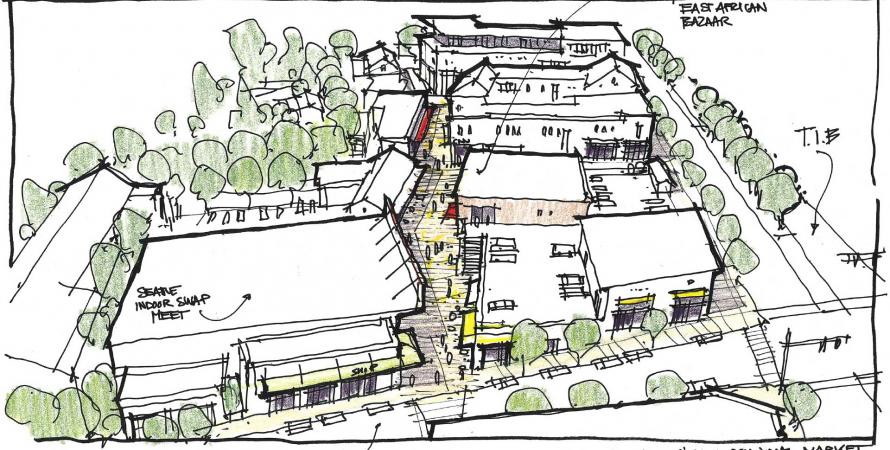-

The urban anxieties of Richard Florida
Grass-roots revitalization is taking place in many American cities, an antidote to the "winner takes all urbanism" described in The New Urban Crisis.When Richard Florida burst onto the North American scene nearly 20 years ago, he did so with a sunny urban vision. His breakthrough book, The Rise of the Creative Class , asserted that a growing class of knowledge workers, techies, artists, and other creative people was gravitating toward city...Read more -

Great idea: The rural-to-urban Transect
The New Urbanism brought the environmental transect methodology into planning and development of human-scale, complete communities. Now the human habitat can be analyzed as a continuum with the natural world.In celebration of the upcoming CNU 25.Seattle , Public Square is running the series 25 Great Ideas of the New Urbanism. These ideas have been shaped by new urbanists and continue to influence cities, towns, and suburbs. The series is meant to inspire and challenge those working toward complete...Read more -

Transforming a commercial strip corridor
A CNU "Legacy Project" explores how to initiate suburban retrofit in the diverse Seattle suburb of Tukwila.How can a complete community be built around a late 20th Century commercial strip corridor? That's a key question in fragmented American suburbs coast to coast. Tukwila, Washington, aims to transform a mile-long stretch of Tukwila International Boulevard (TIB)—a vision explored in a three-day "...Read more -

Placemaking is more than a niche market
Placemaking is not a design endeavor. Or a business proposition. Or a public health pursuit. Or an equity concern. Or an avenue for culture and the arts. It’s all of these things.When I first developed my interest in placemaking twenty years ago it was driven by design. I was a brand advertising person which, by necessity, involves the study of behavior. Not just of people but of their context. Where and how people choose to live, I learned, provided a lot of insight into...Read more